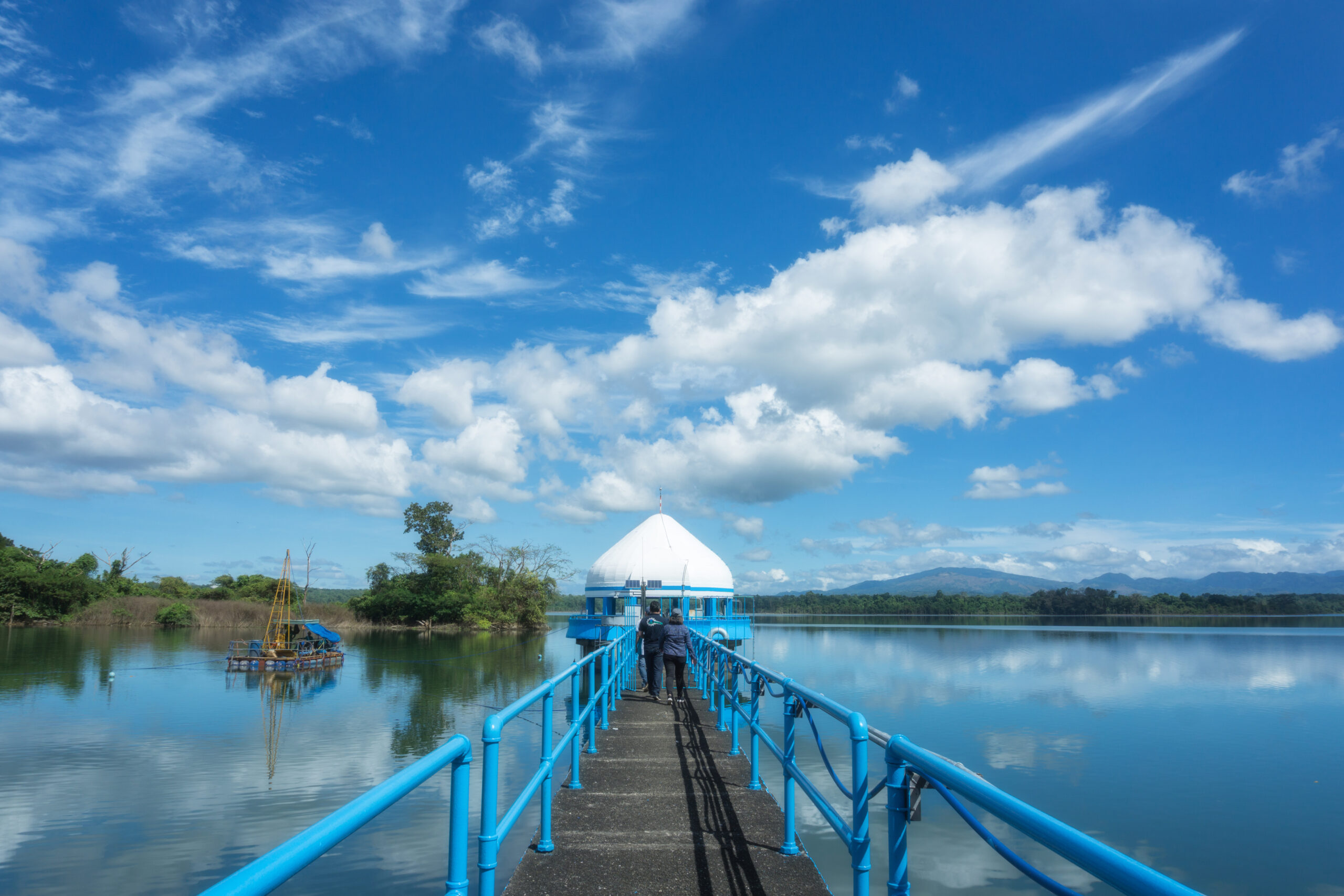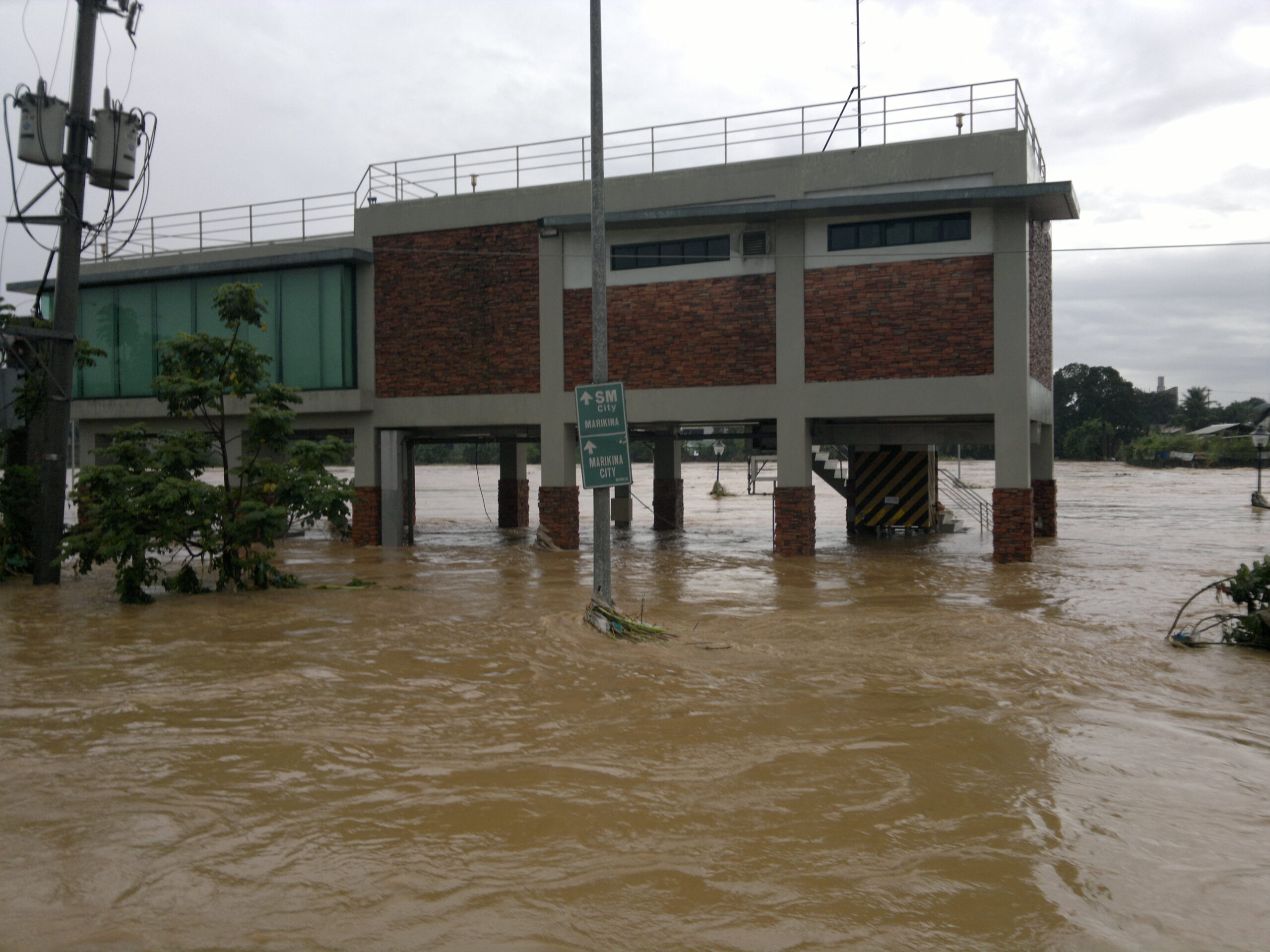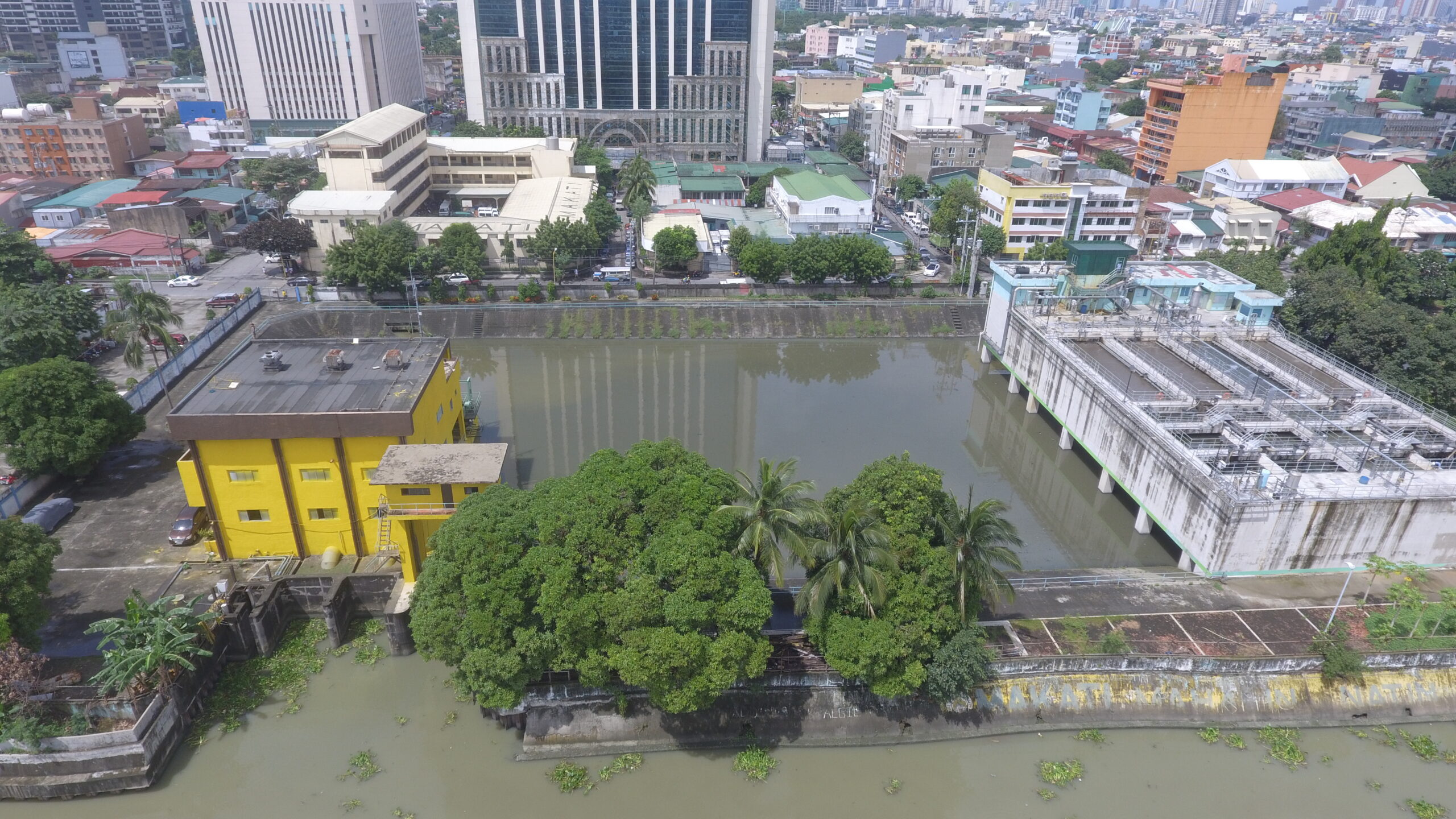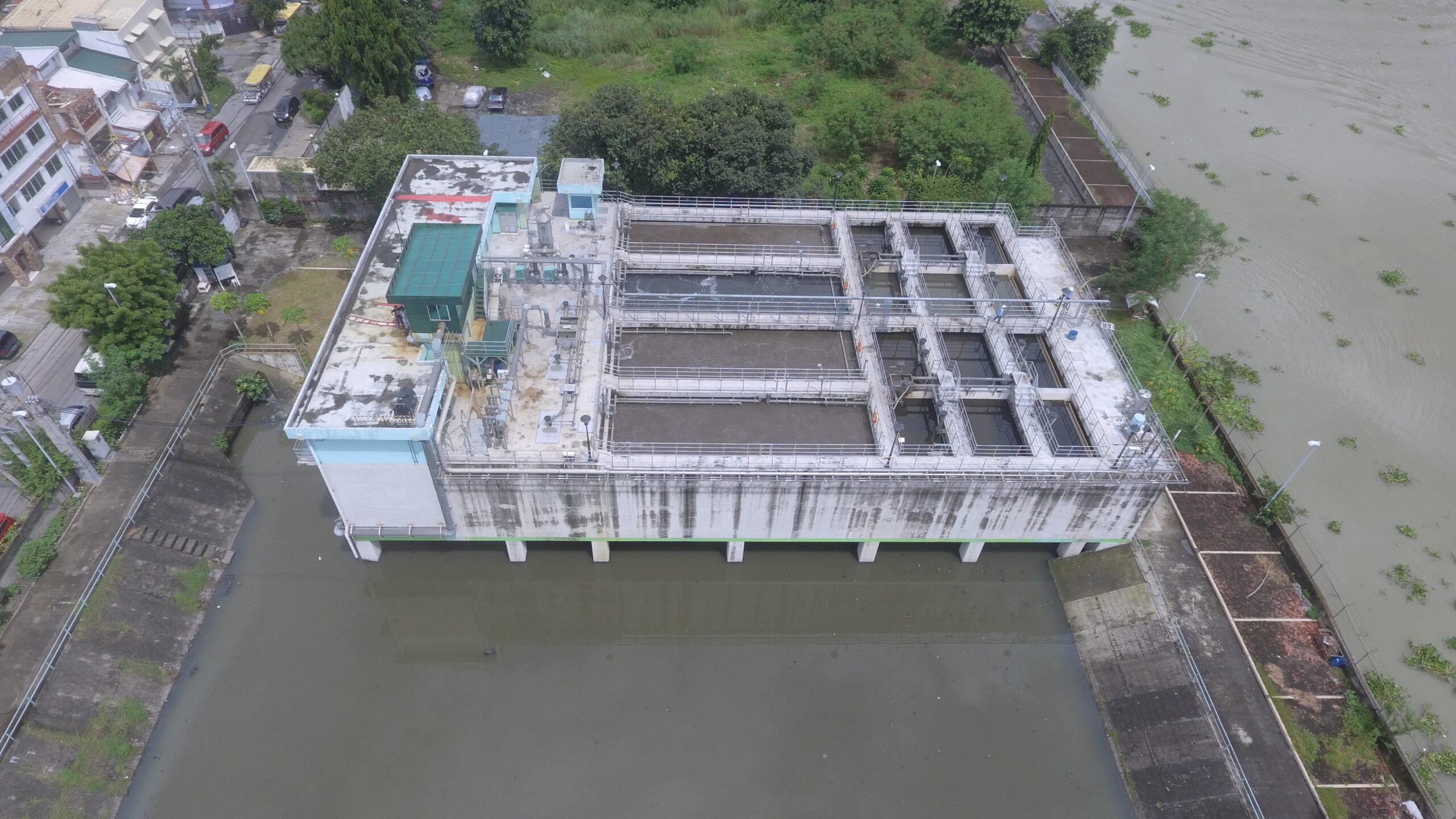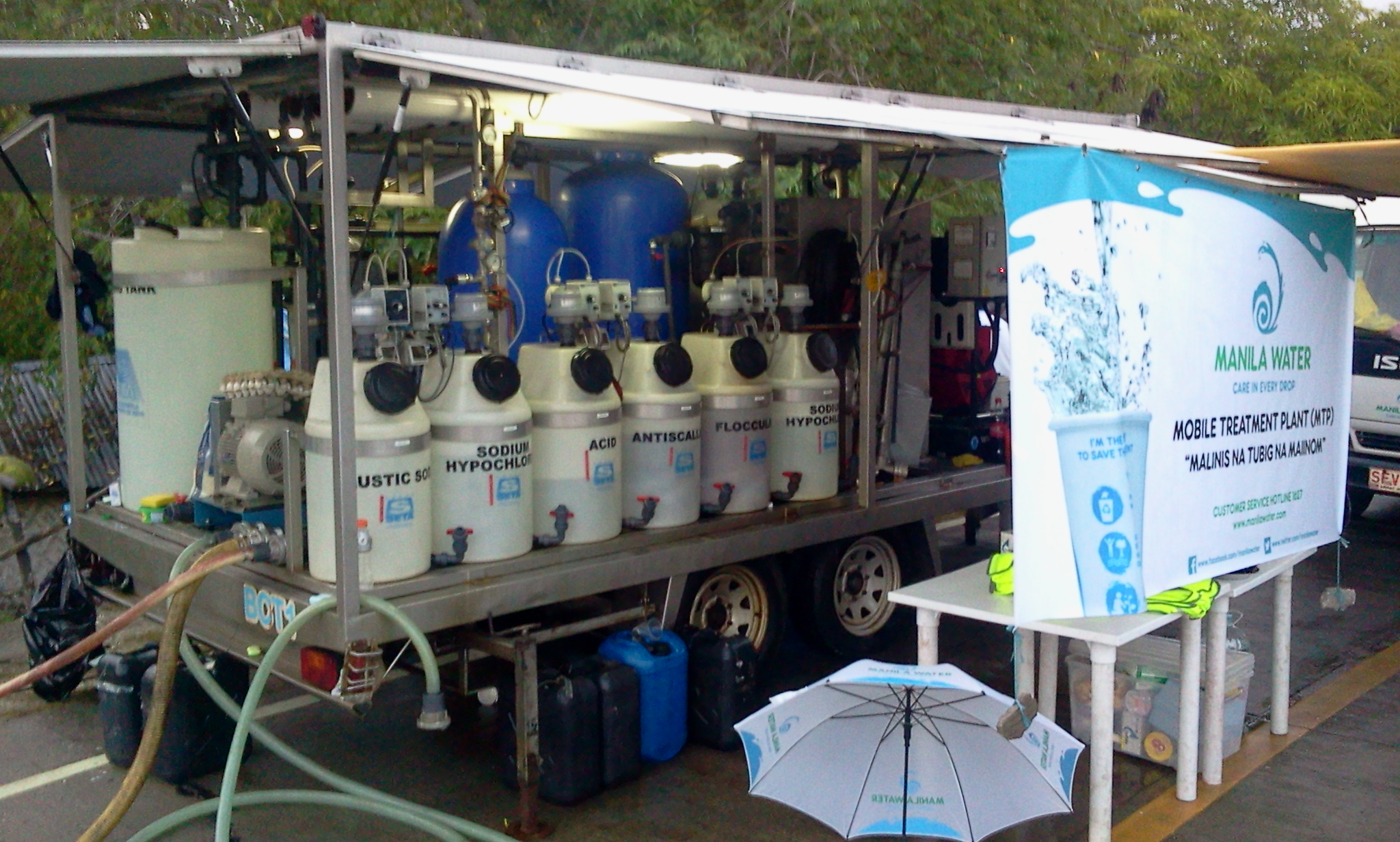Climate Smart Utilities: a story from the Philippines
The Philippines is particularly vulnerable to climate change: increased frequency of extreme weather events, rising temperatures, extreme rainfall, and sea level rise are threatening livelihoods and water management in the country.
As the sole provider of water and wastewater services in the Manila Water Concession, Manila Water Company, Inc. provides services to over seven million people, particularly in the East Zone of Metro Manila and Rizal Province, consisting of 23 cities and municipalities. Manila Water has also expanded its operations in other areas of the Philippines, Vietnam, Thailand and Saudi Arabia.
Manila Water’s operations are intrinsically vulnerable to changes in patterns of the hydrologic or water cycle, therefore a changing climate has affected water quality and quantity, as well as the ability of the water and wastewater assets to withstand natural disasters. Ultimately, this could lead to intermittent and even long-term failure to serve customers well.
The operational risks driven by climate change prompted the company to formalise a Climate Change Policy in 2007, predating the formal legislation on national climate change plans. This policy promotes the implementation of climate change mitigation and adaptation initiatives throughout the entire business – a consciousness that persists and strengthens in the company culture to this day.
In terms of adaptation, while there are still many areas for improvements in terms of preparedness and response, Manila Water enables its business continuity management to continually prepare the organisation to face disasters and be resilient. Drills, awareness campaigns, investment in manpower, and training are being run in partnership with the local governments and the National Disaster Risk Reduction and Management Council (NDRRMC).
Adaptation
In 2019, the East Zone Concession in Manila experienced a deficit of 150 million litres of water per day, caused by low rainfall during El Niño in 2018-2019 and high customer demand. To address this deficit, the company implemented supply augmentation with rehabilitated stand-by and new deep wells and used the Cardona Treatment Plant abstracting raw water from Laguna Lake. To further meet forecasted water demand, the company continues to develop additional water sources, from surface and groundwater based on its regulator-approved service improvement plans. Manila Water is committed to secure at least a 15% water buffer by 2025.
To ensure continuous water and wastewater services, the utility has also undertaken facilities vulnerability and resilience assessments. Results have determined the retrofitting of some existing assets, and the construction of new climate resilient assets.
Nature-based solutions (NbS) have also been incorporated into Manila’s water adaptation actions. The utility funds projects to implement watershed protection and management of activities in relevant watersheds, such as the Ipo, La Mesa, Upper Marikina, General Nakar, Nabaoy, Pan-as Hayiban and Villa Maria. As of 2021,the company rehabilitated a total of 2459 hectares with 1,255,612 native trees planted and nurtured in these watersheds since 2006. Protecting these watersheds not only safeguards them from further environmental degradation, but also contributes to their sustainable role in mitigating climate change.
In addition to the above, the utility ensures emergency reservoirs, water tankers, and mobile treatment plants for use as emergency response. These emergency reservoirs have been interconnected to existing lines to provide potable water to evacuees in case of floods, typhoons and earthquake contingency.
To enhance operational resilience, Manila Water is committed to strengthen the Disaster Risk Reduction and Management (DRRM) capacity and climate change adaptation of the organization, by building and enhancing knowledge, values, and capacities of employees, government, customers, supply chain and other relevant stakeholders. A Business Continuity Framework consisting of Risk Management, Incident Management, and Business Continuity Management has been put in place by the utility to ensure the right policies and procedures are in place before, during or after an incident.
Mitigation
According to World Meter (2020), the Philippines accounts for 0.35% of the global greenhouse gas emissions. By 2030, the country has pledged to reduce GHG emissions by 75%. To align with this target, Manila Water is committed to reduce electricity and fuel consumption in its operations. Actions around climate change mitigation by the utility include avoiding GHG emissions from uncollected and untreated wastewater. Methane gas is believed to account for 21 times the global warming potential of carbon dioxide. Manila Water avoids such emissions through the treatment of wastewater in a centralised aerobic wastewater treatment instead of treating it passively in household septic tanks. In 2021, the company was able to avoid 51,814 tons of CO2 emissions thanks to wastewater treatment.
As the first Philippine company to be certified on ISO5001 Energy Management, Manila Water has implemented energy efficiency initiatives such as conversion to LED lighting systems and air conditioning improvements. In terms of water supply operations, the use of gravity lines in the distribution system, Demand-Based Network Management, pump efficiency testing, and refurbishment, as well as the installation and optimisation of variable frequency drives are some of the actions implemented to improve energy efficiency.
Another area of energy consumption improvement is the use of renewable energy. The utility has installed solar panels and is committed to purchase more renewable energy in the future. Manila Water has solar panels with a total capacity of 297.7 kWp in its five facilities. To further increase the company’s use of renewable energy, since June 2021 Manila Water gets 20% of its Open Access electricity in the East Zone Concession and Cebu Water from renewable energy sources. Overall, the company used 13.8 million kWh of renewable energy in 2021. These renewable energy initiatives are estimated to have reduced or prevented 9100 tons of GHG emissions.
Additionally, the utility’s watershed protection and rehabilitation projects help with carbon sequestration. Manila Water will conduct Forest Carbon Accounting in 2022 to determine the impact of its watershed management in Ipo, La Mesa and Upper Marikina Watersheds.
Communication
To increase awareness and enhance the capacity and capability of stakeholders, Manila Water regularly conducts climate change and environmental awareness campaigns, seminars, forums, and summits. Manila Water has many programmes such as Lakbayan Water Trail, Bawat Patak, Tumatatak Goes to School, Toka Toka advocacy and others to educate and engage the public on environmental protection. Manila Water is committed to further strengthening its programmes on climate change adaptation and mitigation to support its climate change pledges.
Lessons Learned
- In the course of delivering our core services contributing to SDG 6 – Clean Water and Sanitation, our work on water and climate action ensures we have water security resilient operations. Additionally, our work on SDG 6 is interrelated with many other SDGs.
- Education, engagement, partnerships and stakeholder involvement are key in the implementation of climate change action plans.
- Nature-based solutions such as watershed protection, rehabilitation, and enrichment are win-win solutions to address risks, adapt to climate change, and sequester carbon dioxide.
